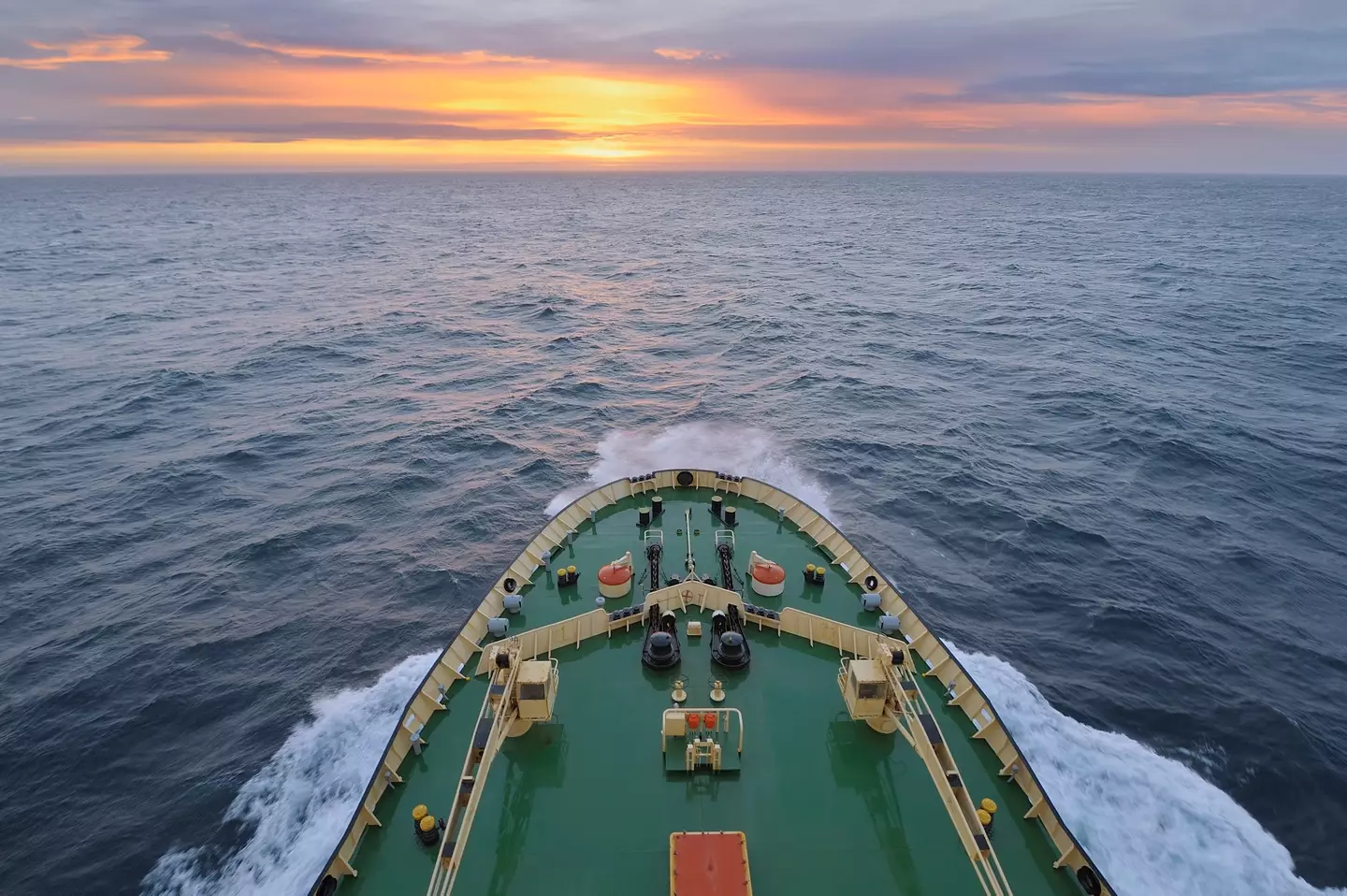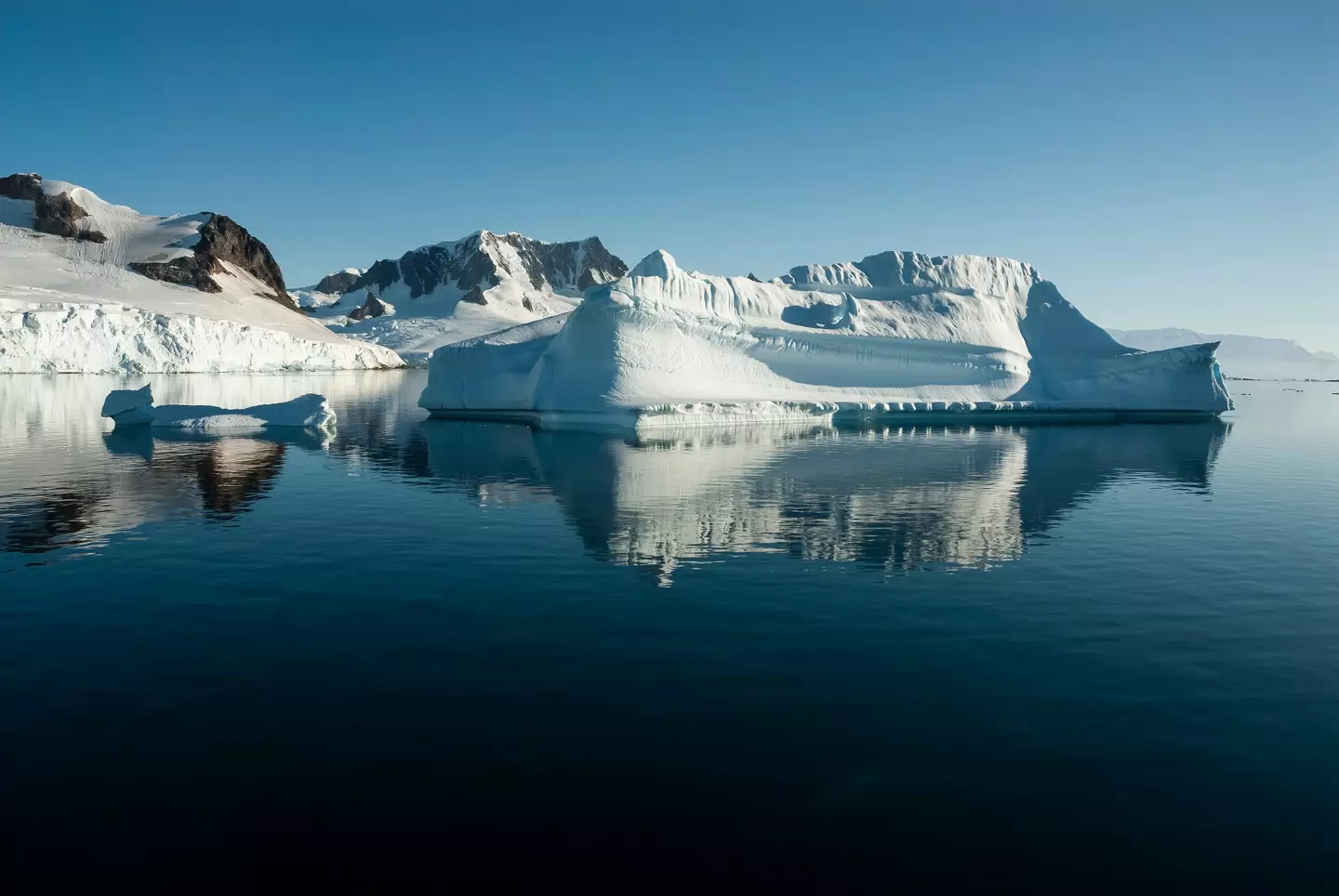The Dangers of the Drake Passage

The Drake Passage is notorious for being one of the most perilous sea routes globally, primarily due to its extreme and unpredictable environmental conditions. Situated at the confluence of the Pacific, Atlantic, and Southern Oceans, the passage experiences a unique combination of powerful currents, fierce winds, and massive waves that contribute to its fearsome reputation.
Unforgiving Weather Patterns
One of the most critical factors that enhance the danger of the Drake Passage is its volatile weather. It often embodies the phenomenon known as the “Drake Shake,” which is characterized by rough seas, with waves that can reach heights of 50 feet (approximately 15 meters) during storms[1][4]. Such wave heights can create an illusion of 'walls' crashing down on vessels, making navigation extremely challenging[2].
The region experiences relentless winds that whistle across the open ocean without interruption from land. These winds, known as the 'Roaring Forties,' 'Furious Fifties,' and 'Screaming Sixties,' culminate in gale-force conditions that can exceed 63 mph. The lack of landmass allows these strong winds to build momentum, resulting in powerful storm waves that further complicate navigation[5][8]. Moreover, the Drake Passage exhibits rapid weather shifts; conditions can transform dramatically within a few hours, necessitating constant vigilance and adaptability from sailors[5].
Hazardous Ocean Currents and Waves

The Drake Passage is also impacted by some of the world's strongest ocean currents, particularly the Antarctic Circumpolar Current, which flows freely due to the absence of land resistance. This powerful current can produce surging waves and violent seas[11][15]. Accounts indicate that waves here can exceed 40 feet (12 meters), attributed to the convergence of various oceanic forces meeting in a relatively narrow channel[2][10]. This turbulence can create conditions not only treacherous for large vessels but also a cause for historical maritime tragedies.
Historically, the passage has seen the demise of more than 800 ships, claiming the lives of approximately 20,000 sailors over the years[6][10]. Modern ships are equipped with stabilizers, but the unpredictable nature of the passage still poses significant risks[16]. The turbulent conditions not only jeopardize smaller vessels but can lead to considerable dangers even for larger, well-equipped ships.
Icebergs and Navigational Challenges

The hazards in the Drake Passage are compounded by the presence of icebergs, especially during the austral summer when melting ice drifts northward. These icebergs present significant navigation challenges, as vessels must remain constantly vigilant to avoid potential collisions, which can be catastrophic[3][15].
Additionally, the remoteness of the Drake Passage exacerbates the situation; distances from major ports mean that assistance for distressed vessels can take hours, if not days, to arrive. This isolation makes effective self-sufficiency vital for ships navigating through the passage[1].
The Human Experience

Traveling through the Drake Passage can lead to significant discomfort for passengers, as the swaying of ships and the 'Drake Shake' can induce seasickness even among seasoned sailors. The experience of crossing can be starkly contrasting; while some may encounter calm conditions reminiscent of a 'Drake Lake,' others may face the brutal reality of violent storms in a matter of moments[11][13]. Explorer Charles Darwin famously described his own challenges with seasickness during his navigation, highlighting the passage's capacity to induce physical ailments among its travelers[14].
As the Southern Ocean remains unbroken by land, the unrestricted winds and turbulent waters create what is often likened to a 'ship graveyard,' enforcing the notion that crossing the Drake Passage is both adventurous and fraught with peril[5][9].
Conclusion
The multifaceted dangers of the Drake Passage stem from its extreme weather patterns, powerful currents, towering waves, iceberg hazards, and geographical isolation. Each of these elements contributes to a lethal environment that has historically claimed numerous lives and continues to challenge even the most skilled navigators. The combination of natural forces at play ensures that the Drake Passage retains its reputation as a daunting and dangerous route for any maritime endeavor.
Get more accurate answers with Super Pandi, upload files, personalized discovery feed, save searches and contribute to the PandiPedia.
Let's look at alternatives:
- Modify the query.
- Start a new thread.
- Remove sources (if manually added).